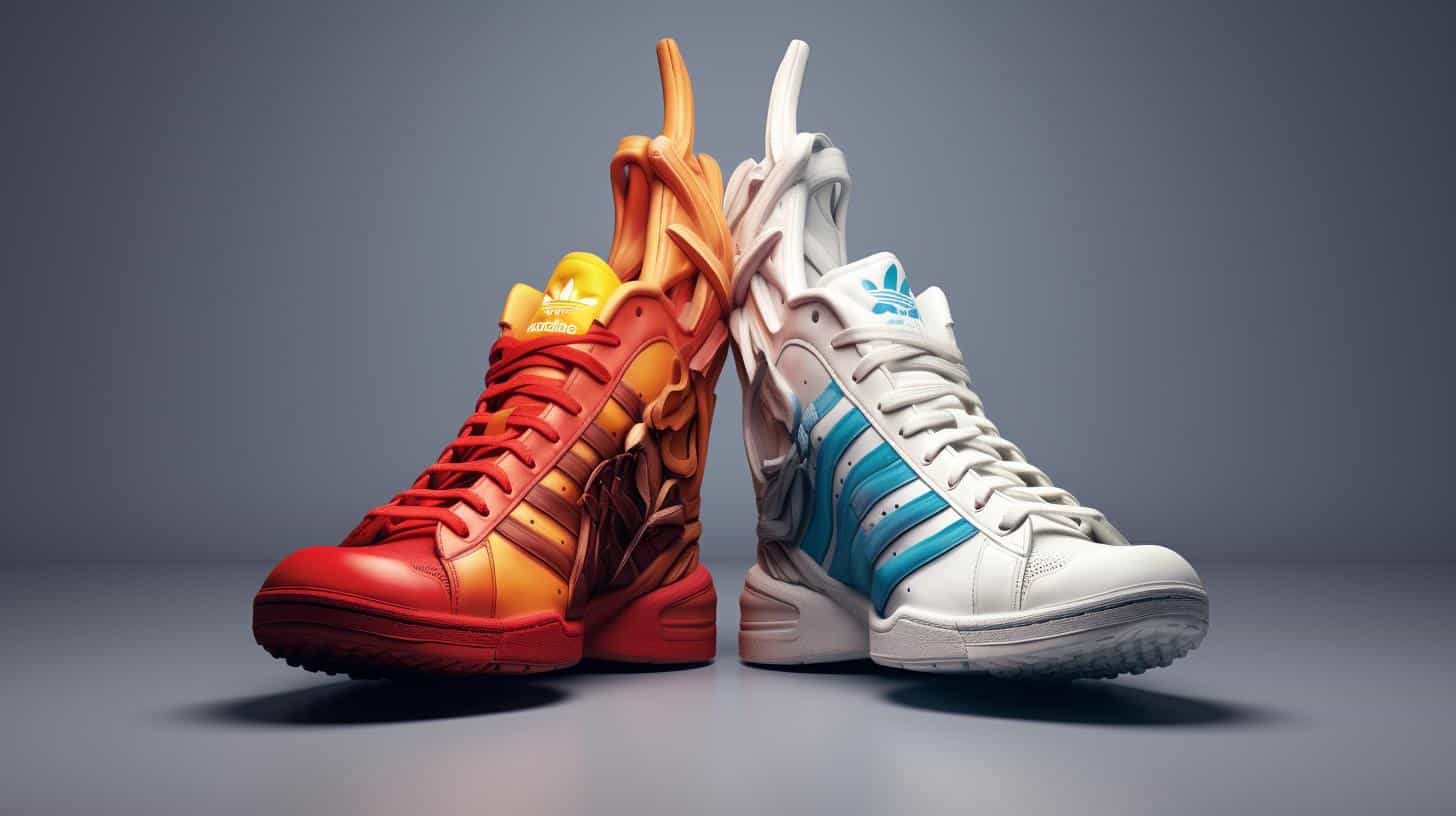Nike and Adidas are two of the most recognizable sportswear brands in the world. With a long history in the industry, both companies have established themselves as leaders in the market. In this article, we will be comparing the strengths, weaknesses, opportunities, and threats of Nike and Adidas, using a SWOT analysis to gain a deeper understanding of each brand’s position in the industry.
The history of Nike and Adidas
Nike was founded in 1964 by Bill Bowerman and Phil Knight. Originally known as Blue Ribbon Sports, the company changed its name to Nike in 1971. Nike quickly rose to prominence with its innovative designs and marketing strategies, becoming the go-to brand for athletes around the world. On the other hand, Adidas has a longer history, dating back to 1924 when it was founded by Adolf Dassler. Adidas has also made a name for itself in the sporting world, with its iconic three-stripe logo becoming synonymous with quality and performance.
Strengths: Nike’s dominance in sports footwear
One of Nike’s biggest strengths is its dominance in the sports footwear market. Nike has consistently been able to produce innovative and high-quality shoes that athletes love. The brand has a reputation for using cutting-edge technology and materials to create footwear that enhances performance. Nike’s collaborations with top athletes and celebrities also contribute to its strong brand image and popularity. Additionally, Nike’s strong marketing campaigns and sponsorships with major sports events further solidify its dominance in the industry.
Weaknesses: Adidas’s struggle to compete with Nike
While Adidas is a well-known brand, it has struggled to compete with Nike’s dominance in the sports footwear market. One of Adidas’s weaknesses is its perceived lack of innovation compared to Nike. Adidas has been criticized for being slow to adapt to consumer trends and failing to release groundbreaking products. Additionally, Adidas has faced challenges in creating a strong brand identity, often overshadowed by Nike’s powerful marketing campaigns and strategic partnerships. These factors have contributed to Adidas’s struggle to gain a larger market share in the industry.
Opportunities: Nike’s expansion into new markets
Nike has identified several opportunities for expansion into new markets. One of these markets is women’s sportswear, as the demand for fashionable and functional athletic wear for women continues to grow. Nike has been successful in targeting this market with its Nike Women’s line, offering a wide range of products designed specifically for women athletes. Another opportunity for Nike is the growing interest in athleisure wear, where sportswear is worn as casual attire. Nike can capitalize on this trend by creating stylish and comfortable athleisure options for consumers.
Threats: Adidas’s rising competition from other brands
Adidas faces threats from other sportswear brands that are gaining popularity and market share. Competitors such as Under Armour and Puma have been able to capture a younger audience with their trendy designs and innovative products. These brands have also successfully partnered with influential athletes and celebrities to boost their brand image. Additionally, the rise of smaller, niche sportswear brands that focus on sustainability and ethical manufacturing practices poses a threat to Adidas. These brands appeal to environmentally conscious consumers who are willing to pay a premium for products that align with their values.
In conclusion, Nike and Adidas both have their strengths and weaknesses in the sportswear industry. Nike’s dominance in sports footwear and its ability to consistently produce innovative products have solidified its position as a market leader. Adidas, on the other hand, has struggled to compete with Nike’s dominance and needs to focus on innovation and strengthening its brand identity. Both brands have identified opportunities for growth, with Nike expanding into new markets and Adidas aiming to capture a younger audience. However, both companies face threats from rising competition and the changing preferences of consumers. Only time will tell how each brand adapts and evolves to stay relevant in the ever-competitive sportswear market.













